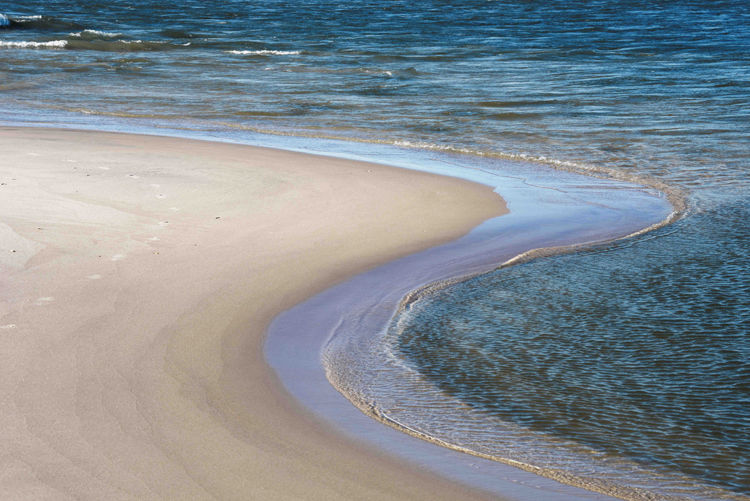Roslyn Heights’ homegrown photographer, Xiomaro, is continuing to capture Long Island landmarks and now has some seldom-seen landscapes on public view.
His work is being recognized as part of the 100-year celebration of the National Parks Service.
To commemorate the anniversary, works from several artists depicting preserved sites were put on display at the Patchogue Ferry Terminal, including some of Xiomaro’s photographs.
Xiomaro, whose real name is Richard Dieguez, has done several commissions for the National Parks Service, photographing protected areas like Theodore Roosevelt’s Sagamore Hill mansion in Oyster Bay and the Big Cypress National Preserve in Florida.
The gallery is showing prints of his from a slave cemetery at the William Floyd Estate, a historical landmark, and the state’s smallest national park, Fire Island High Dune Wilderness.
The Fire Island photograph is part of a current project of Xiomaro’s commissioned by the parks service, and he said one thing that stuck out about the location is how untouched it appears.
“You can literally be in an area that is truly a wilderness,” Xiomaro said. “It’s not developed in any way. There’s no trails, it looks the way nature intended it to be.”
He said photographing the dunes reminded him of his work documenting the empty rooms of Sagamore Hill.
“It forces you to look really, really hard, very critically,” Xiomaro said. “I think when people are on a landscape or a beach, we tend to look broadly at the overall landscape, but if you look at sections of places you’ll see beauty there.”
His photographs focused closely on small portions of the beach, showcasing the unique mineral make-up of the sand and the colors brought out during sunrise.
“Because the water hits the sand, it kind of pulls the sand. The patterns are geometrical and so beautiful it almost looks like somebody did it on purpose,” he said.
In addition to the dunes, Xiomaro is also documenting the salt marshes on Fire Island.
He said he wants to bring attention to the areas that are often overlooked by people frequenting the island’s entertainment district.
“Hopefully it’ll show people if we took the time to look critically, you might see some beauty there,” he said. “That’s what I’m trying to do by capturing the wilderness.”
Xiomaro said he didn’t plan to shoot landscapes professionally. In fact, he started as a musician.
It wasn’t until he was diagnosed with cancer in 2005 that he began photographing national parks as a way to relax.
“A lot of people were buying my photos, even more than the CDs I was selling,” he said. “It indicated to me there was a direction I should take with that. I didn’t know where to take it until five years later.”
In 2011, he was commissioned to photograph the Julian Alden Weir Estate in Connecticut as the historical landmark underwent a renovation.
Shortly after, Sen. Joe Leiberman set up an exhibit in Washington, D.C., to exhibit Xiomaro’s photographs of the Weir Estate, and that exposure led to his work with the National Parks Service.
Xiomaro currently has about 200 of his photographs on display at various exhibits in the Northeast from Philadelphia to Boston, but now he is looking beyond showing his work on a national scale by turning to international audiences.
He’s visited London to drum up interest in exhibiting his photographs of the William Floyd House slave cemetery, since both countries share a history in slavery.
Recently in Greece, Xiomaro was in talks to arrange an exhibit there for his Fire Island project.
Discussions are in early stages, but he said he’s happy for the chance to share the locations he’s photographed with people around the world.
“That’s really what I want to do,” he said. “I’m not satisfied with just getting paid a commission, it’s not satisfactory if people don’t know about it. I want them to get some sort of reaction to it. The worst thing to happen is to have people disinterested or not even know about it.”
Xiomaro expressed the importance of documenting and bringing attention to these protected areas because of their delicate condition.
“Are we going to keep that beauty, or lose it eventually because we can’t take care of it?” he said.
Today’s world is becoming increasingly urbanized with cell phones vying for people’s attention, and Xiomaro said his works can act as an introduction to the natural assets of the Northeastern United States.
“The photos are a good way of doing that because they serve as visual ambassadors by letting people know what’s out there,” he said.

” />



